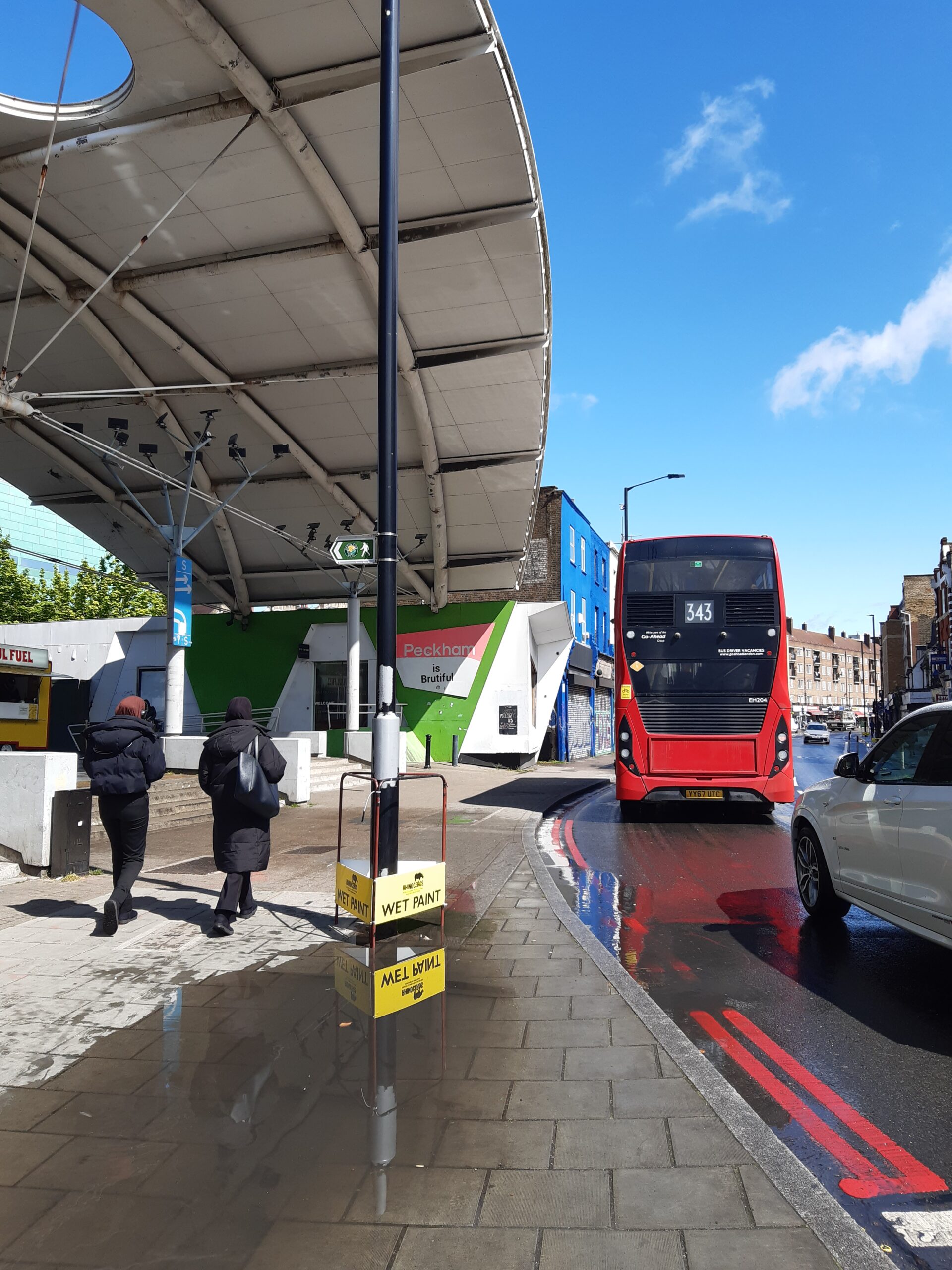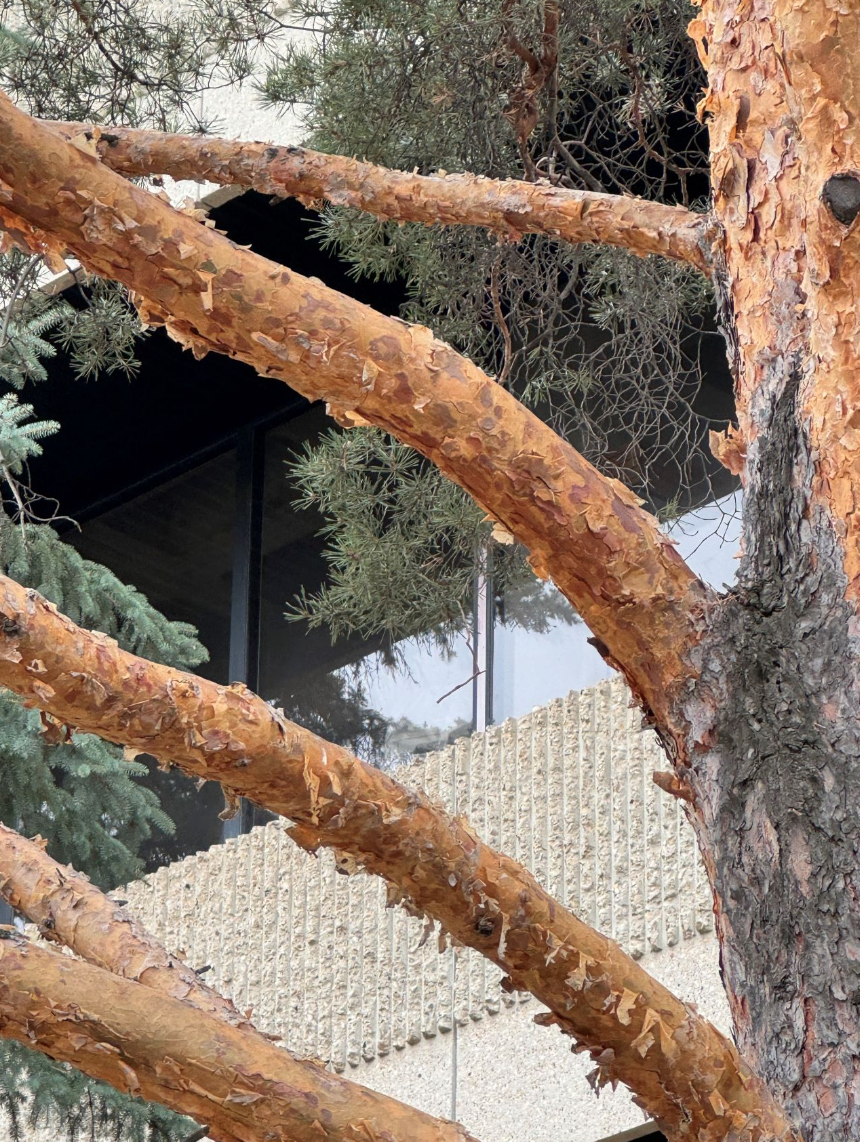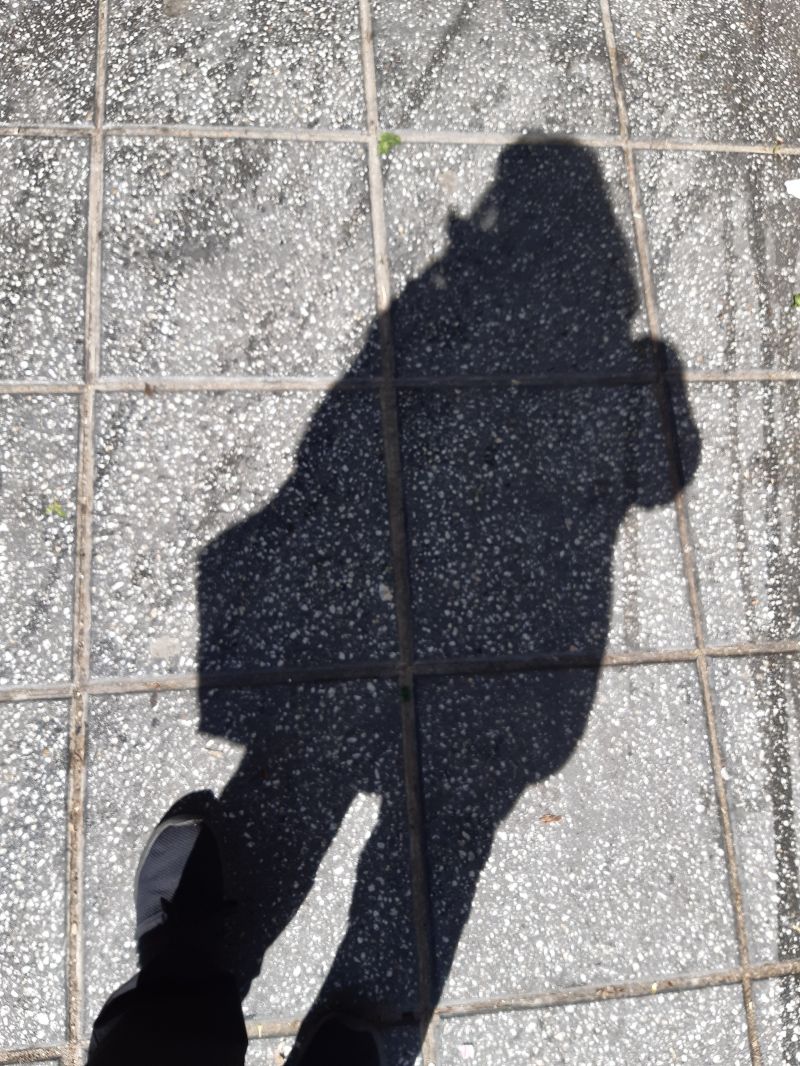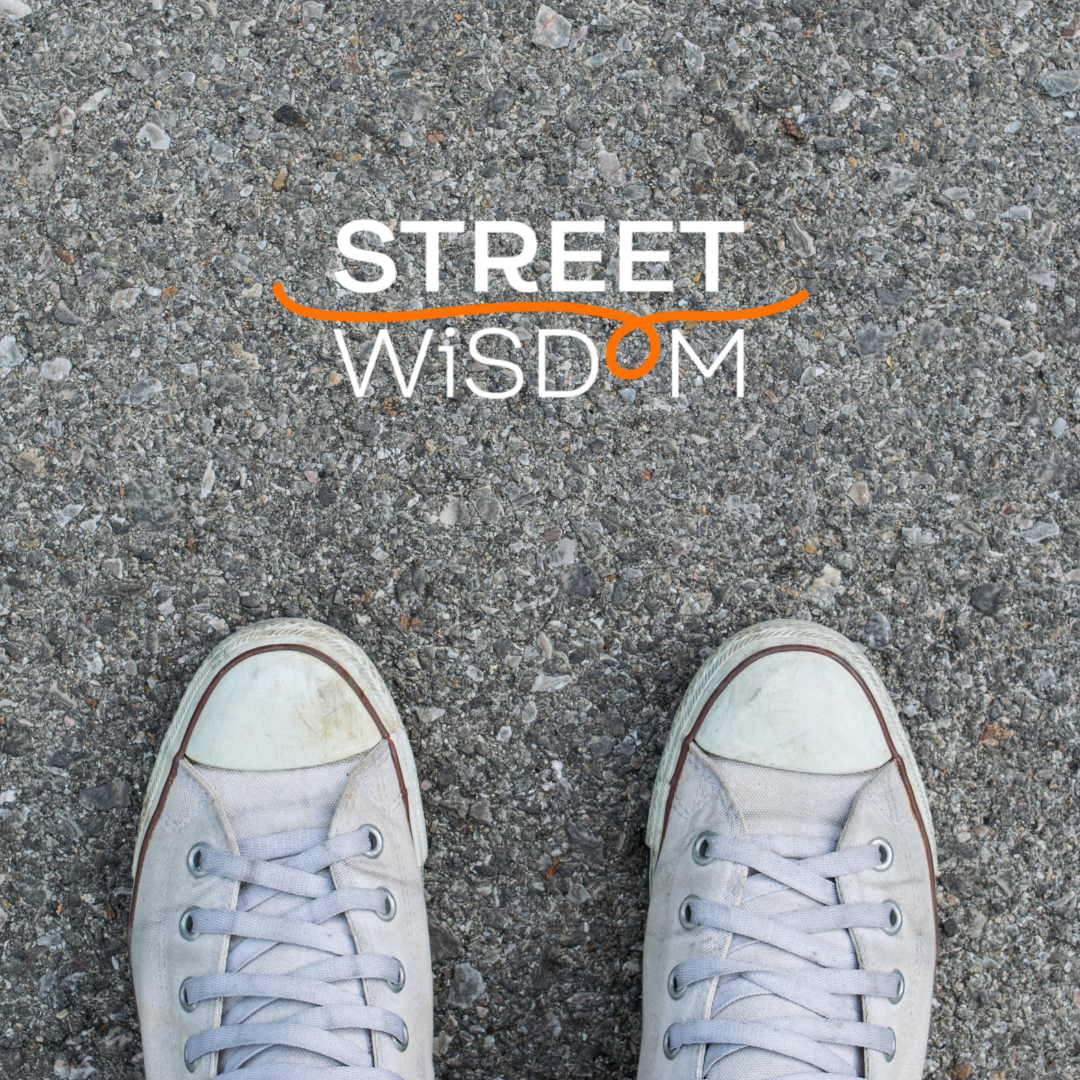We met the wonderful people of PlacemakingX recently, and got thinking together: when does a street become a place? And how can Street Wisdom – or more specifically, the people who have a regular Street Wisdom practice – help with the placemaking mission?
Firstly, what is placemaking?
It seems to us, placemaking is about shaping our shared public spaces so that everyone has an opportunity to shine.
As PlacemakingX say, it’s about “collectively reimagining and reinventing public spaces as the heart of their community”.
They go further:
Strengthening the connection between people and the places they share, “placemaking” offers a collaborative process by which we can shape our public realm in order to maximize its value to everyone. More than just promoting better urban design, placemaking facilitates more satisfying patterns of public use by paying particular attention to the physical, cultural, and social identities that define a place and support its evolution.
OK, so how is Street Wisdom connected (even implicitly) to placemaking?
Let’s go this way. So, one of the founders of placemaking as a movement was William Whyte, and he seems to have lots in common with Street Wisdom!
William Whyte was known as the “Observation Man”. (We like him already.)
He thought we could learn from how people use public spaces only if we “look hard, with a clean, clear mind, and then look again – and believe what [we] see”.
Observation like this is at the heart of Street Wisdom.
During every Street Wisdom Walkshop, we encourage people to slow down and look at the world around them with fresh eyes, to be “drawn to what attracts you, and notice what doesn’t”. We also invite people to “sense the beauty in everything”, even those things that seem at first completely unappealing. That’s Whyte’s kind of “looking hard, with a clean, clear mind, and then looking again and believing what [we] see”.
Both these invitations get people seeing (and believing) the world through new eyes, which is vital to both placemaking and the Street Wisdom process.
It goes further! Placemaking, like Street Wisdom, is interested in getting people who don’t know each other to connect. That’s what makes a place a place, after all.
Whyte used the word “triangulation” to refer to “the process by which some external stimulus provides a linkage between people and prompts strangers to talk to other strangers as if they knew each other”.
At Street Wisdom, we provide people with a similar ‘linkage’ (through our shared activity) and encourage our participants to connect with strangers (each other and passers-by) by sharing their Quest, “as if they know each other”. After all, whatever questions we have going on for us in our private lives are probably shared by people not too far away from us.
Whyte knew that the only way to make the changes that were necessary to making a place a place was to leave your assumptions behind and go down to the streets and walk and observe. It didn’t have to be grandiose. Whyte knew, the magic happens in the ordinary.
That’s so Street Wisdom!
Street Wisdom encourages strangers to come together to slow down, explore and enjoy the streets around them and find answers to questions they’ve had for a while.
Streets are places to come together, share our dreams, ideas and imaginations, and wonder what’s next for ourselves individually and us all collectively.
That’s surely in line with the ambitions of the beautiful global placemaking movement?
*****
Inspired? Street Wisdom is all about finding better ways. Join a Walkshop near you, or head out for your own wander right now with our Tune Ups. Buy your own copy of Wanderful, all profits go back into Street Wisdom to help keep it free.
Thanks to rawpixel.com for this gorgeous pic!




